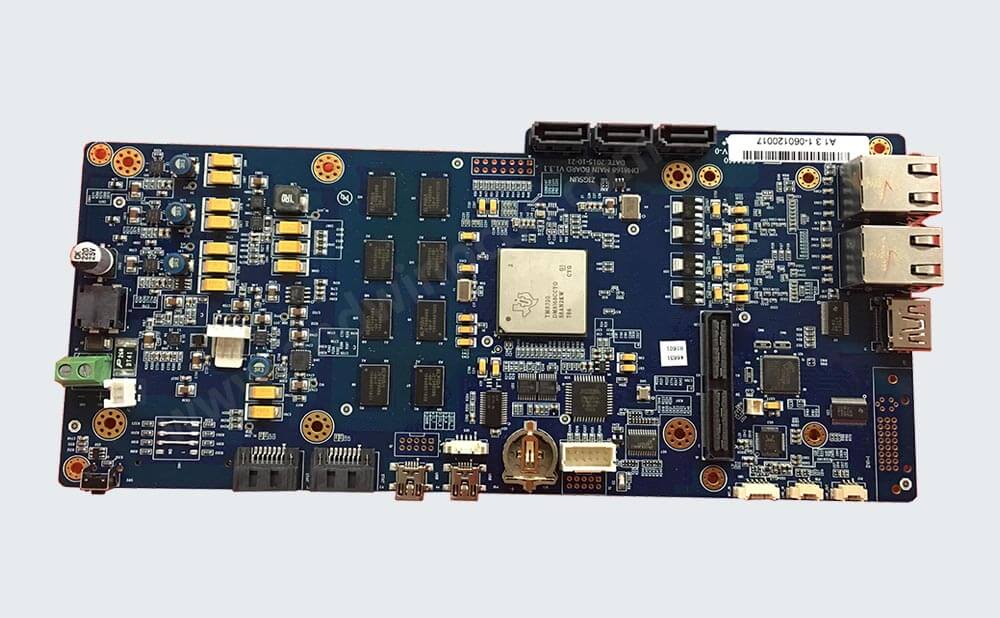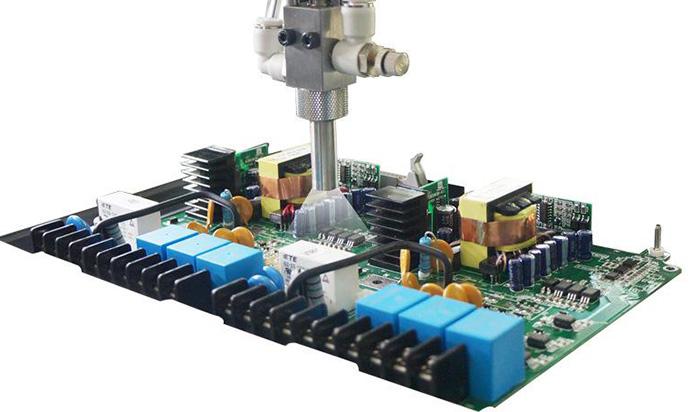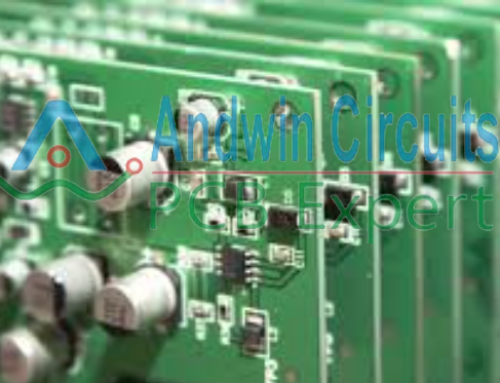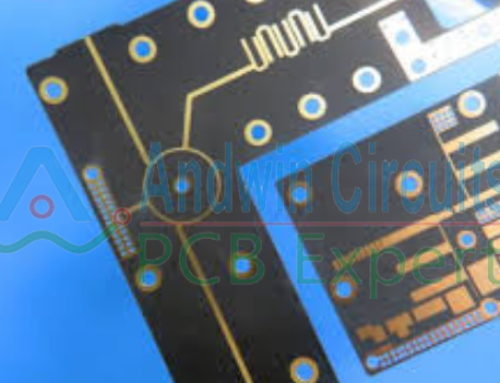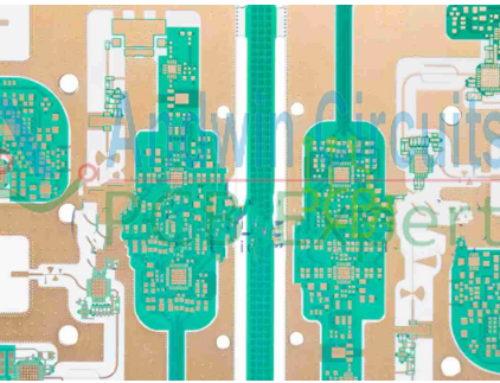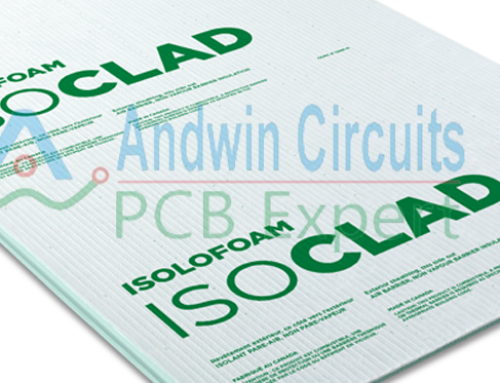High-Quality Flex PCB Assembly
& Manufacturing
What is Flex Circuit Assembly?
Flex circuit assembly is the process of manufacturing flexible printed circuit boards (PCBs) that are designed to bend or conform to a specific shape or form.
Flex circuits are made up of thin, flexible layers of conductive material that are bonded together with insulating layers.
They are often used in applications where space is limited or where the circuit needs to be able to bend or flex without breaking.
Flex circuit assembly involves the use of specialized equipment and processes to manufacture, test, and assemble these flexible circuits into a final product.
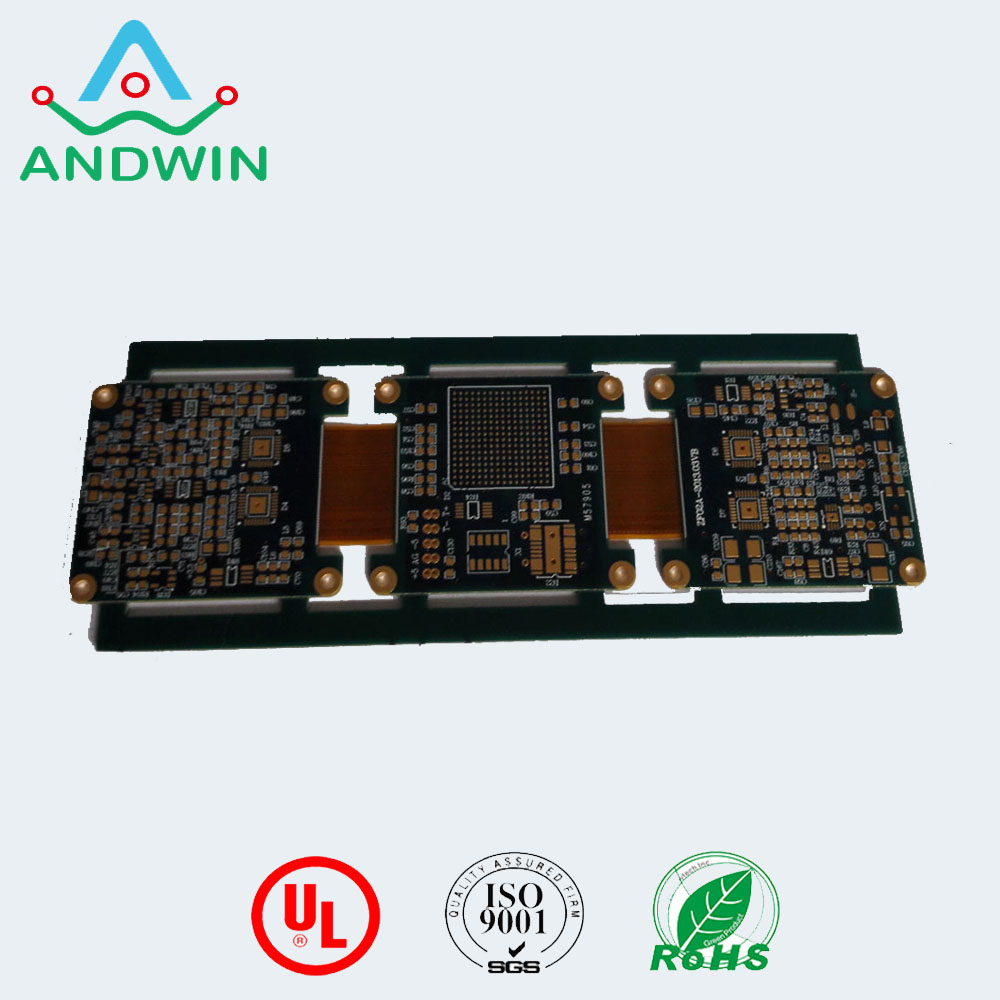
Some of the key characteristics of flexible circuit board assembly include:
1. Flexibility: Flexible circuit boards are designed to bend and flex without breaking, making them ideal for applications where space is limited or where the circuit needs to conform to a specific shape or form.
2. Lightweight: Flexible circuit boards are typically much lighter than traditional rigid PCBs, which makes them ideal for applications where weight is a concern.
3. Durability: Flexible circuit boards are made from high-quality materials that are designed to withstand harsh environments and extreme temperatures.
4. High-density interconnects: Flexible circuit boards can be designed with high-density interconnects, which allows for more components to be packed into a smaller space.
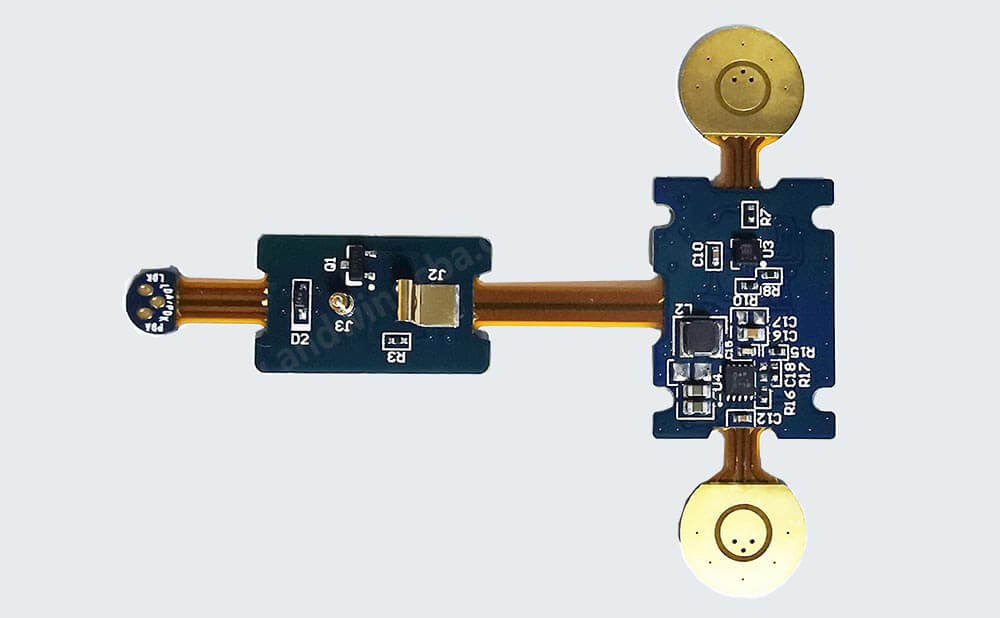
5. Cost-effective: Flexible circuit board assembly can be more cost-effective than traditional PCB assembly, especially for high-volume production runs.
6. Easy to integrate: Flexible circuit boards can be easily integrated into a wide range of products, including medical devices, consumer electronics, and automotive applications.
7. Customizable: Flexible circuit boards can be customized to meet specific design requirements, including size, shape, and functionality
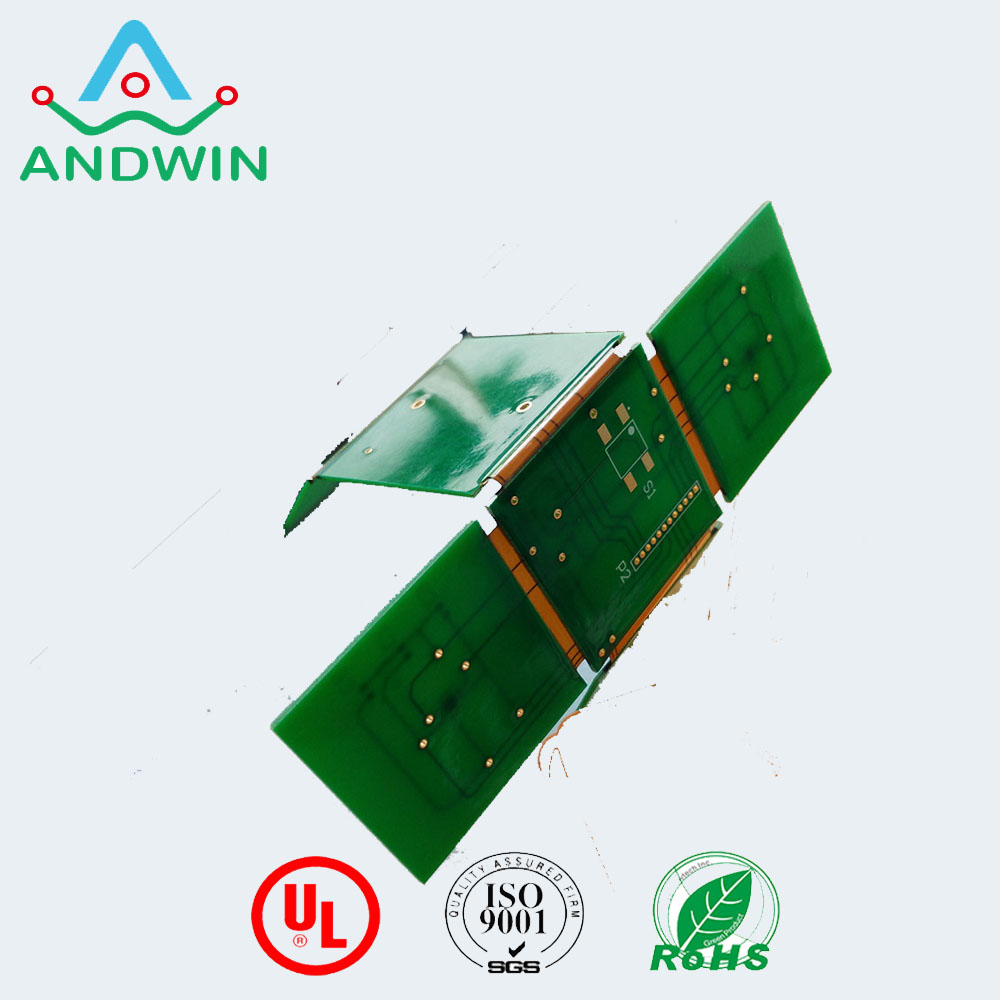
Applications of flexible circuit board assembly:
1. Consumer Electronics: Used in consumer electronics products such as smartphones, tablets, laptops, and wearable devices.
2. Medical Devices: Used in medical devices such as pacemakers, hearing aids, and insulin pumps.
3. Automotive Industry: Used in the automotive industry for various applications such as airbag sensors, anti-lock braking systems, and engine control units.
4. Aerospace Industry: Used in the aerospace industry for various applications such as navigation systems, communication systems, and flight control systems.
5. Military and Defense: Used in military and defense applications such as radar systems, communication systems, and missile guidance systems.
6. Industrial Automation: Used in industrial automation applications such as robotics, sensors, and control systems.
Other PCB products, you may interesting




